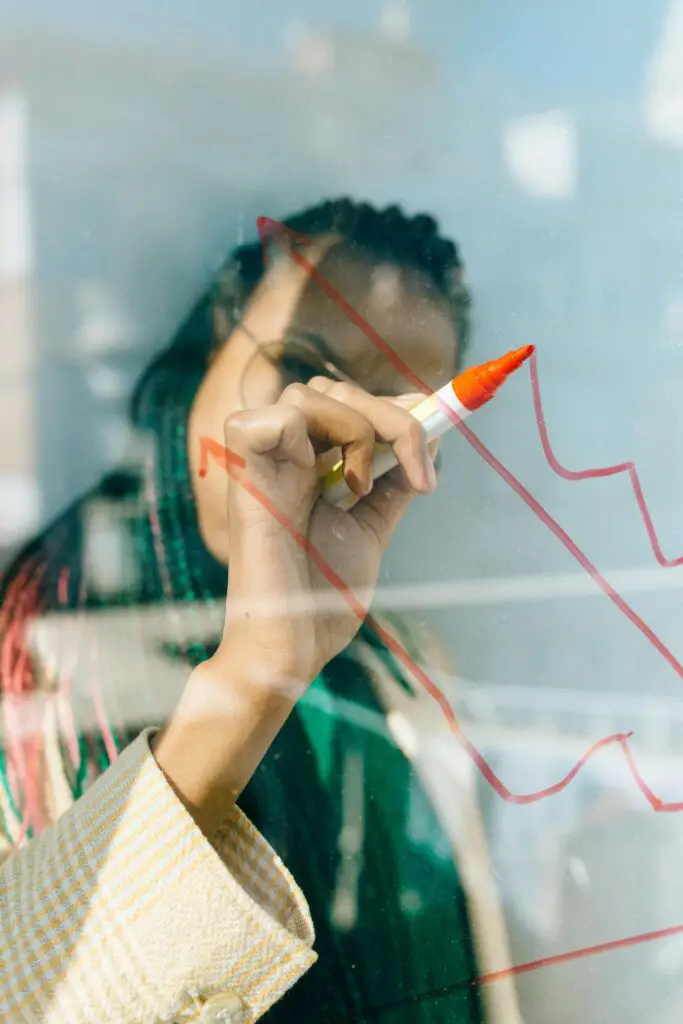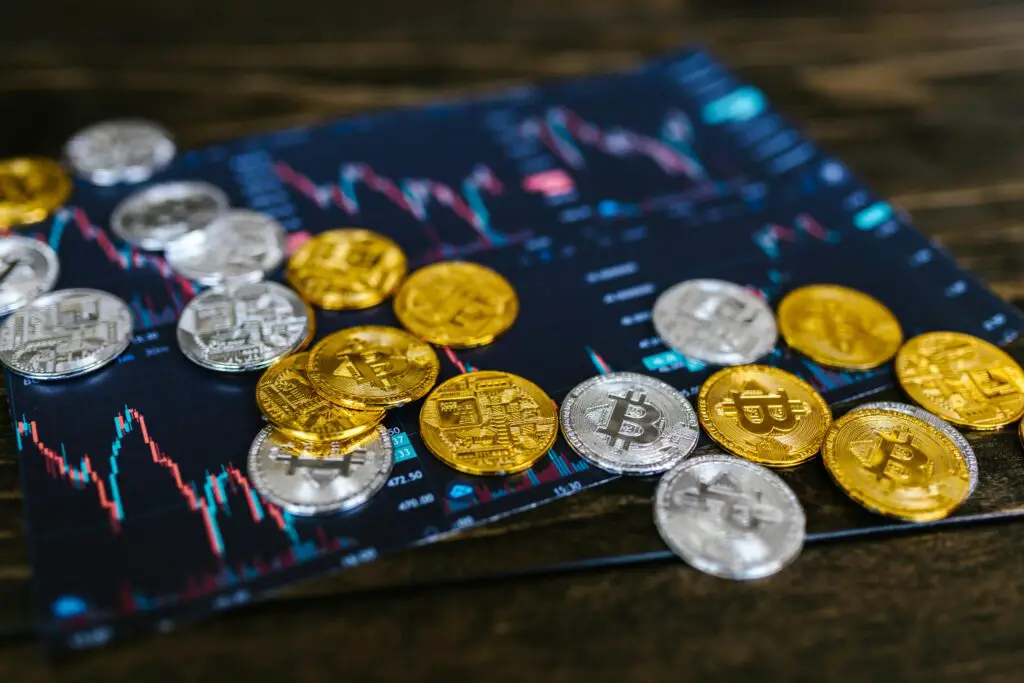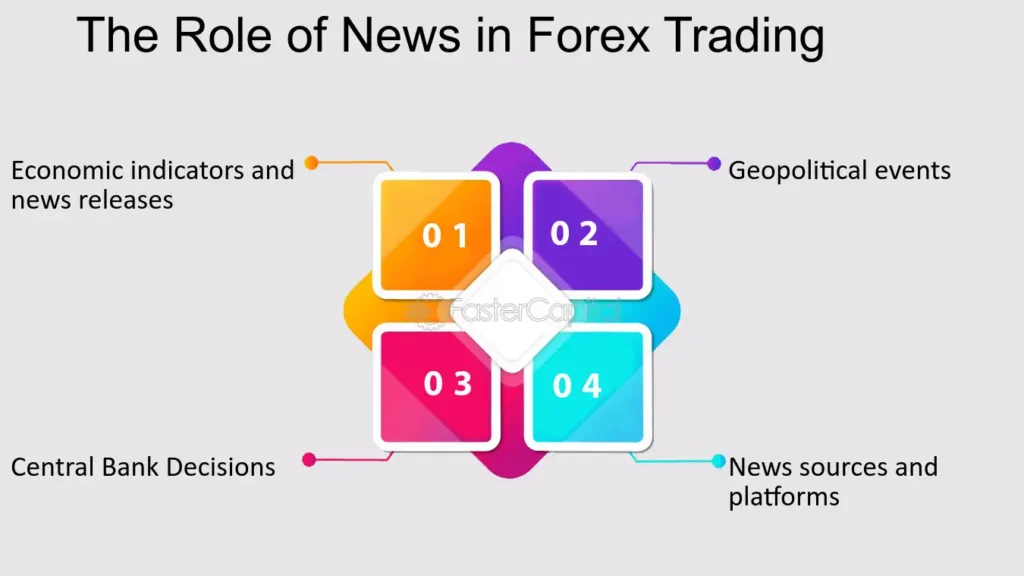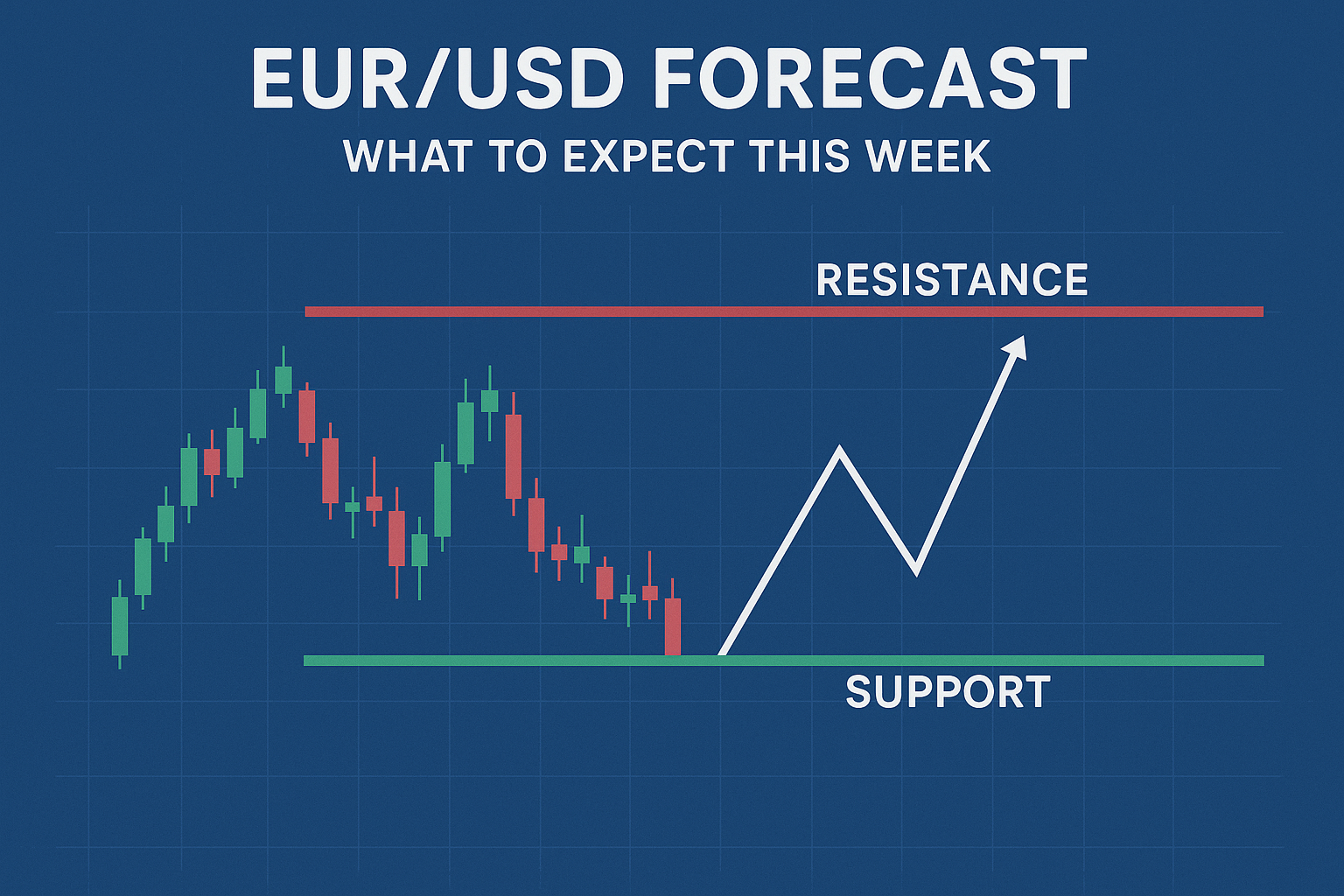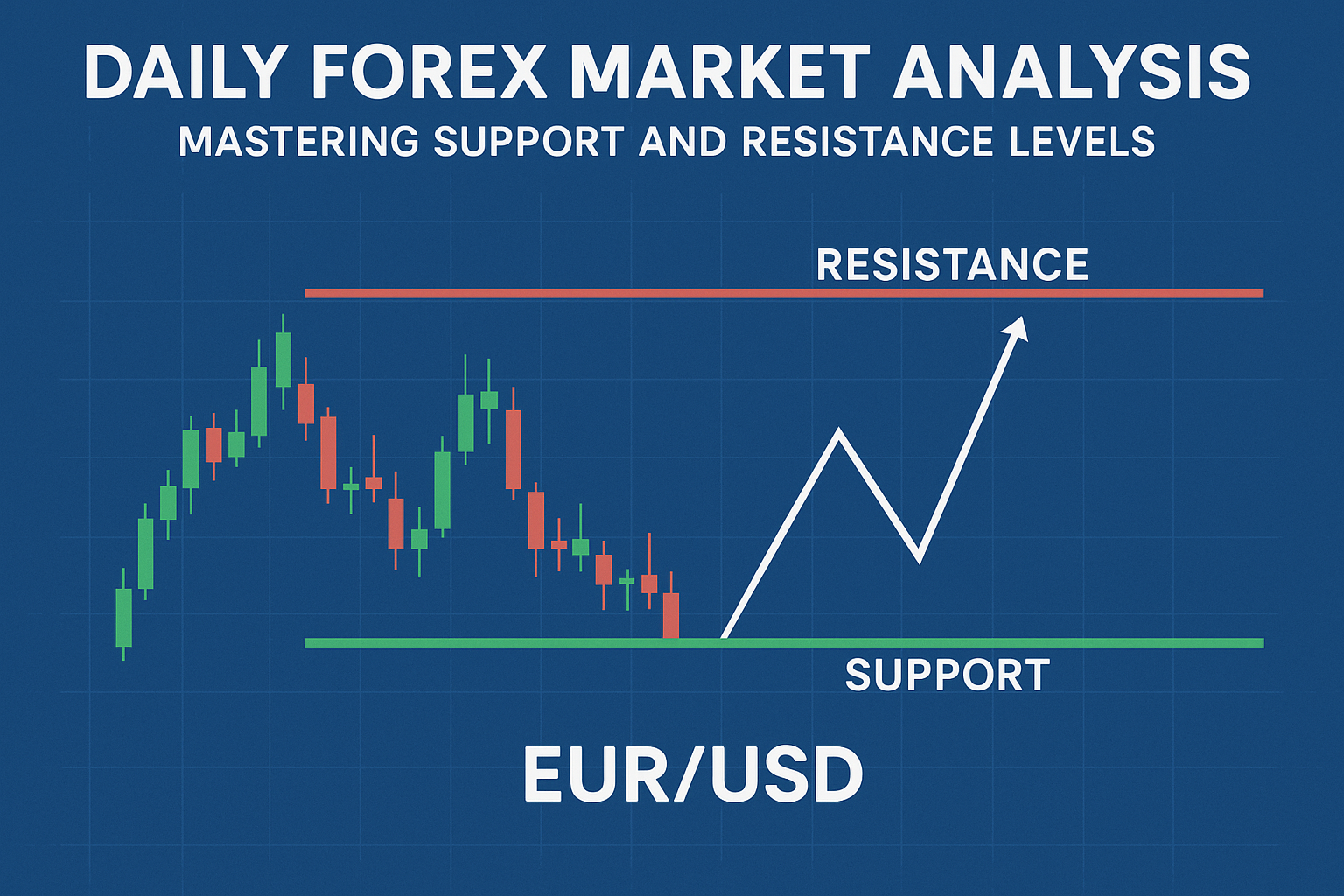
How to Open a Forex Trading Account (Step-by-Step)
A clear, practical walkthrough for beginners: picking a broker, account types, KYC, funding, platform setup, and first trades — published by RFXSignals.

Opening a forex trading account can feel confusing at first. This step-by-step guide simplifies the process and explains each stage in plain English so you can start trading confidently. We'll cover how to choose a broker, what documents you need for verification (KYC), funding options, platform setup (MetaTrader/TradingView), and sensible first-trade tips.
Why choosing the right broker matters
Your broker is the bridge to the forex market — they execute your trades, provide pricing, and hold your funds. Pick a regulated, reputable broker with tight spreads, fast execution, a stable trading platform, and clear fees.
- Regulation: Look for brokers regulated by FCA, ASIC, CySEC, or other recognized authorities.
- Execution: Low-latency, reliable order execution reduces slippage.
- Pricing: Check spreads, commissions, and overnight fees (swaps).
- Support: 24/5 customer support and clear deposit/withdrawal policies.
Step 1 — Decide the account type
Brokers typically offer several account types. Choose based on experience, capital, and trading goals:
- Demo account: Practice with virtual money — essential for beginners.
- Standard/Live account: Real money trading with standard spreads and leverage options.
- ECN/STP accounts: For advanced traders seeking raw spreads and direct market access.
- Micro/Mini accounts: Allow trading small lot sizes — great for low-capital traders.
Step 2 — Prepare documents (KYC)
Most regulated brokers require identity verification (KYC) before allowing deposits/withdrawals. Typical documents:
- Proof of ID: Passport, national ID card, or driver's license (scanned copy or photo).
- Proof of address: Recent utility bill, bank statement, or government letter (within 3 months).
- Source of funds: Sometimes required for larger accounts (salary slip or bank reference).
Step 3 — Registration walkthrough (typical)
Registration is straightforward. Here’s the usual flow:
- Visit the broker’s website and click “Open Account”.
- Create a username and password — use a strong password and save credentials securely.
- Fill personal details: name, DOB, address, nationality, and tax ID if required.
- Answer experience and suitability questions (required for regulation compliance).
- Upload KYC documents and wait for verification (can be instant or up to a few days).
Step 4 — Choose platform & download
Most brokers support popular platforms:
- MetaTrader 4 (MT4) / MetaTrader 5 (MT5): Industry staples for execution and EAs.
- cTrader: ECN-style platform for advanced order types.
- Web-based & mobile apps: Convenient for trading on the go.
Download the platform your broker provides, login using the credentials from your broker dashboard (demo or live), and verify the connection by checking the price feed for major pairs like EUR/USD and USD/JPY.
Step 5 — Fund your account
Funding options vary by broker. Common methods include:
- Bank transfer (SEPA/SWIFT)
- Credit/debit card
- e-Wallets (Skrill, Neteller)
- Local payment gateways or UPI (depending on broker)
- Cryptocurrency (available at some brokers)
Check minimum deposit amounts, fees, and processing times. For your first deposit, consider starting small to test withdrawals and platform behavior.
Step 6 — Set account preferences & leverage
In your broker dashboard you can usually set:
- Account currency (USD, EUR, etc.)
- Preferred leverage (be cautious — higher leverage increases risk)
- Default lot size and margin alerts
Step 7 — Practice on demo then transition to live
Use the demo account to:
- Familiarize yourself with order entry (market, limit, stop)
- Practice placing stop-loss and take-profit orders
- Test trade execution and slippage during news
Once comfortable, fund a small live account and gradually increase size as confidence and results improve.
Step 8 — Configure risk management & tools
Before trading live, set up essential risk controls:
- Stop-loss default levels on trades
- Position sizing calculator or tool
- Daily/weekly loss limits to prevent emotional overtrading
- Backups: save platform login, enable 2FA on broker dashboard
Step 9 — Use signals & educational support
Beginners often benefit from trade ideas and learning resources. RFXSignals provides structured signals (entries, stop-loss, take-profit, and suggested lot sizes) which can help you learn execution and risk management while you build experience.
Common questions beginners ask
How long does verification take?
Some brokers verify instantly with automated checks; others may take 24–72 hours depending on documentation and volume.
Can I switch brokers later?
Yes — you can open accounts with multiple brokers and move capital. Test withdrawals early to avoid surprises.
Is it safe to keep money with a broker?
Choose regulated brokers, check segregation of client funds, and review withdrawal policies. Regulation provides important protections.
Quick checklist before you click “Open Account”
- Broker is regulated and has positive reviews
- You understand fees, spreads, and swaps
- Demo account tested and platform comfortable
- KYC documents ready and uploaded
- Risk plan and initial lot sizing set
Useful resources
Final thoughts & next steps
Opening a forex account is a manageable process when you follow steps: choose a regulated broker, verify identity, practice on demo, fund carefully, and use risk controls. Combine this practical setup with trusted trade signals or mentorship to shorten the learning curve.
Ready to open an account and get trade-ready signals? Try RFXSignals (Demo-Friendly)


